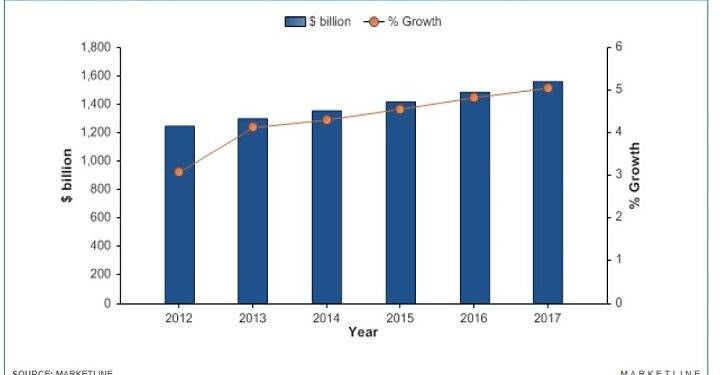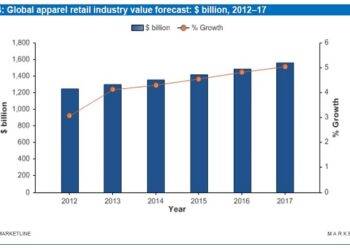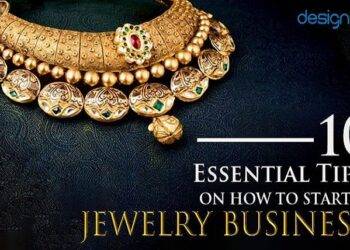The fashion industry stands to gain a lot from new and better circular business models that allow companies to make money without making new clothes. It could be worth more than $ 700 billion by 2030 and makeup 23% of the world’s fashion industry. Businesses that sell, rent, repair, and remake things can save a lot of greenhouse gas emissions and makeup 23% of the world’s fashion industry. If a company wants to do this, it must follow four steps.
The amount of clothing made by the fashion industry has grown steadily over the last few decades, but profit margins have dropped, and the industry’s environmental impact has risen. Clothing production more than doubled between 2000 and 2015. At the same time, the number of times an item of clothing is worn before it is thrown away dropped by 36%.
In 2018, the global fashion industry emitted about 2.1 billion tons of GHGs, about 4% of the world’s emissions. From 2016 to 2019, the profit margins of the world’s top clothing retailers dropped by 40% because of lower prices and revenue losses from overstock, stockouts, and returns. The Covid-19 outbreak, which showed how vulnerable fashion’s supply lines were and led to a 90% drop in profits in 2020, made this even worse.
Since 2000, there has been a rise in demand for apparel but a decrease in demand for clothes.
People who run businesses based on a cycle don’t make money when they make and use resources.
It is possible to cut down on greenhouse gas emissions, pollutant emissions, and biodiversity impacts by renting, fixing, and making new things instead of making money from making things out of raw materials.
Platform and service development makes it easier for products to move from one person to the next, increasing the number of times they are used. If you want to move products from one person to another, you can do it for any length of time and on a one-off or regular schedule if you want to.
Are there any products that don’t have to be tangible to meet the needs and wants of people in the fashion industry, like digital products and services?
There are four main types of businesses in today’s economy that move goods and materials around.Revenue and cost savings can be found in businesses that work in a circle. Allowing businesses to offer services like personalization or restoration to their customers can bring in a lot of money for them. The more loyal customers are, the more information you have about using your products and services, and the more customers you have. Also, money can be saved through more efficient use of resources and less risk (e.g., improved inventory management).
In a circular business model, decoupling revenue from production and resource use is significant to its success. Even though these business models have a lot of potentials, they haven’t always been able to achieve decoupling and the environmental benefits that come with it yet.
A lot of problems slow down this decoupling. Sales volume is a common way to measure success in the business. By giving out coupons for new products, a company that measures its success can encourage people to return their old products for = resale, remake, or recycling. This leads to more growth for the linear business.
Another thing to remember is that things aren’t always built to handle the amount of use that circular business models require. For example, a rental event dress that looks faded or out of shape after being cleaned twice isn’t good for the money or the environment. Third, current supply chains are designed for predictable, one-way production and distribution. Circular business models need local and global networks that can help with cleaning, repair, and remaking services. They need to be round. It’s a mistake for the fashion industry not to merge or look into new business models that could separate revenue streams from production and resource use.












